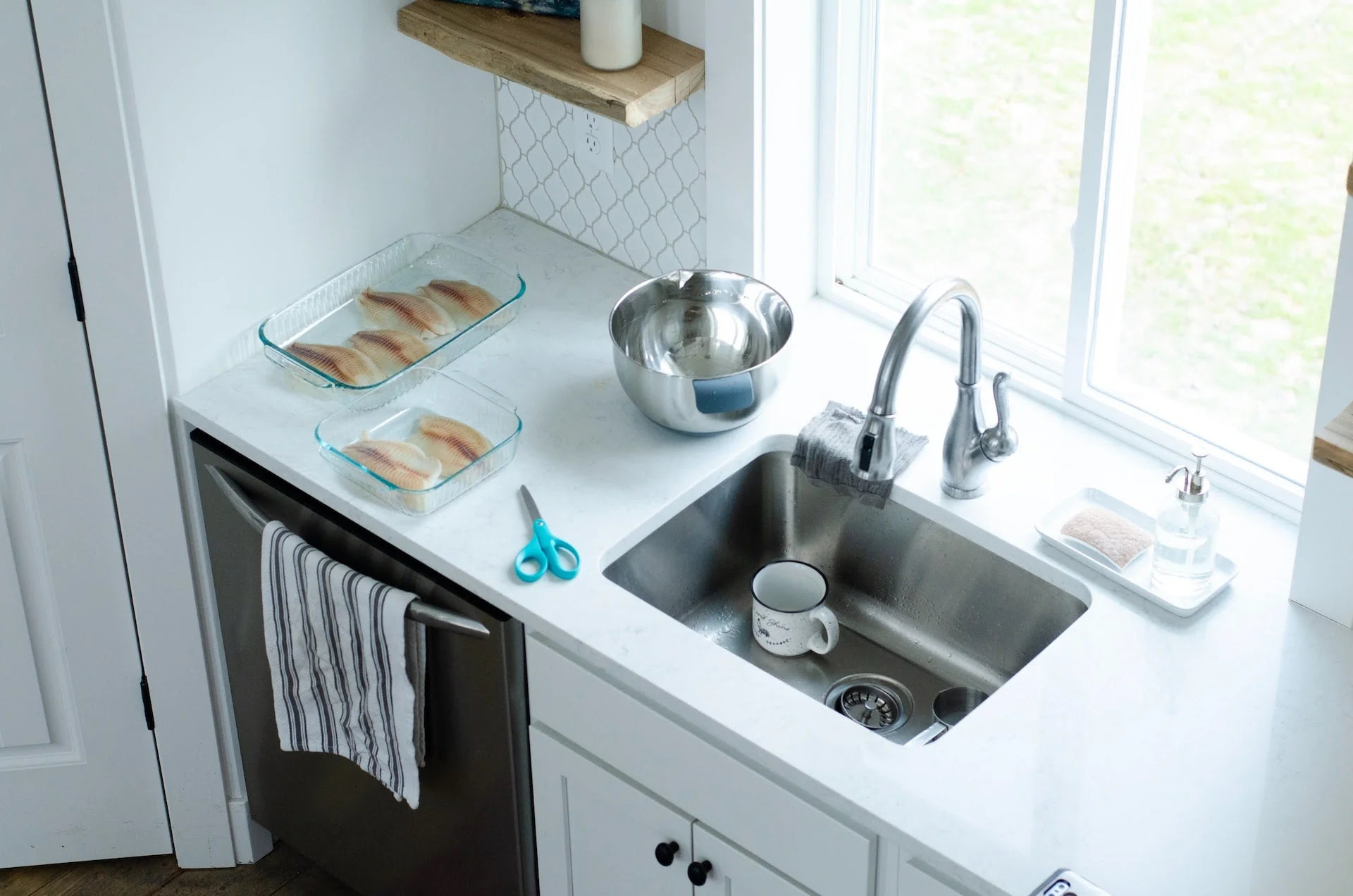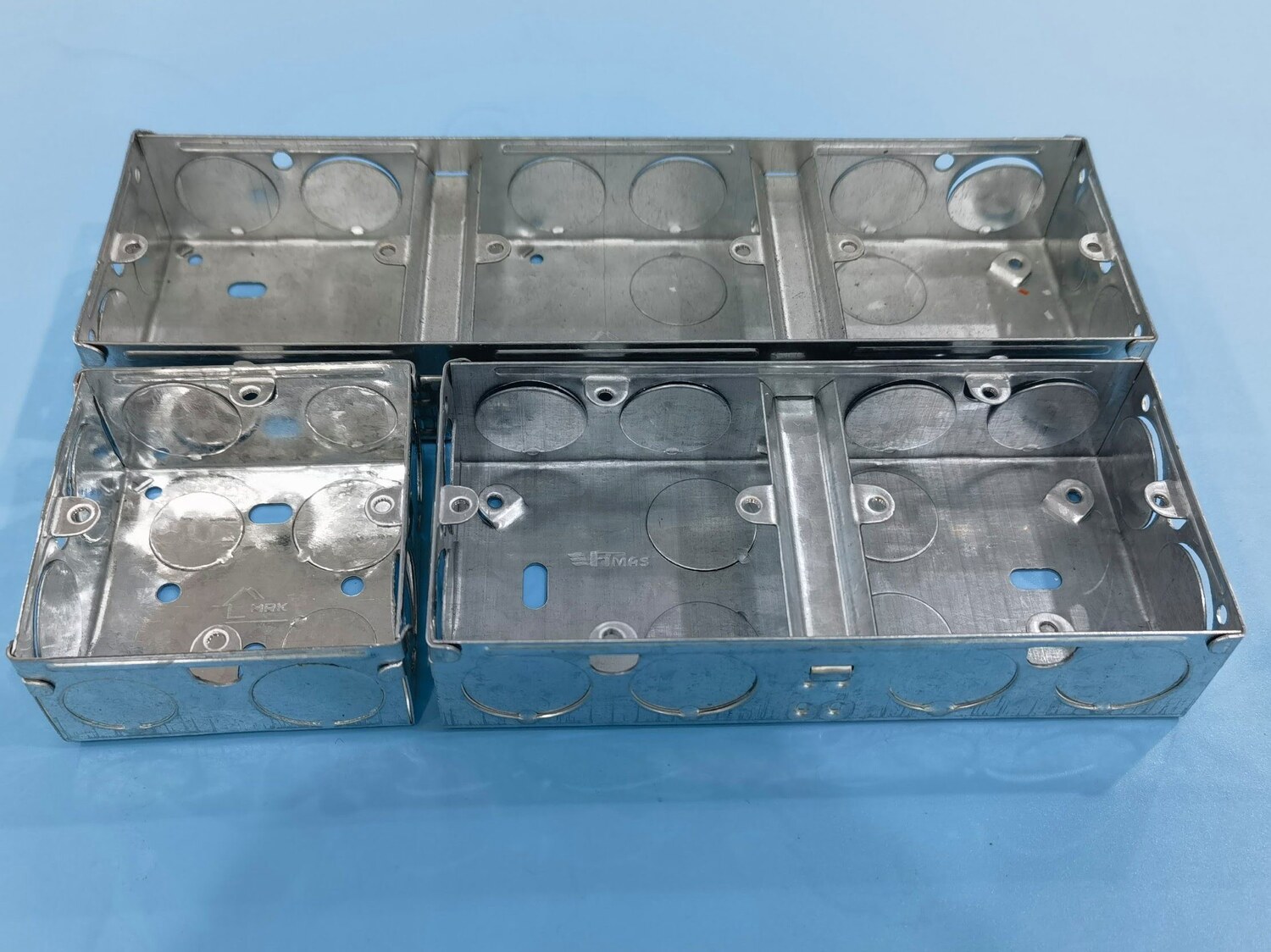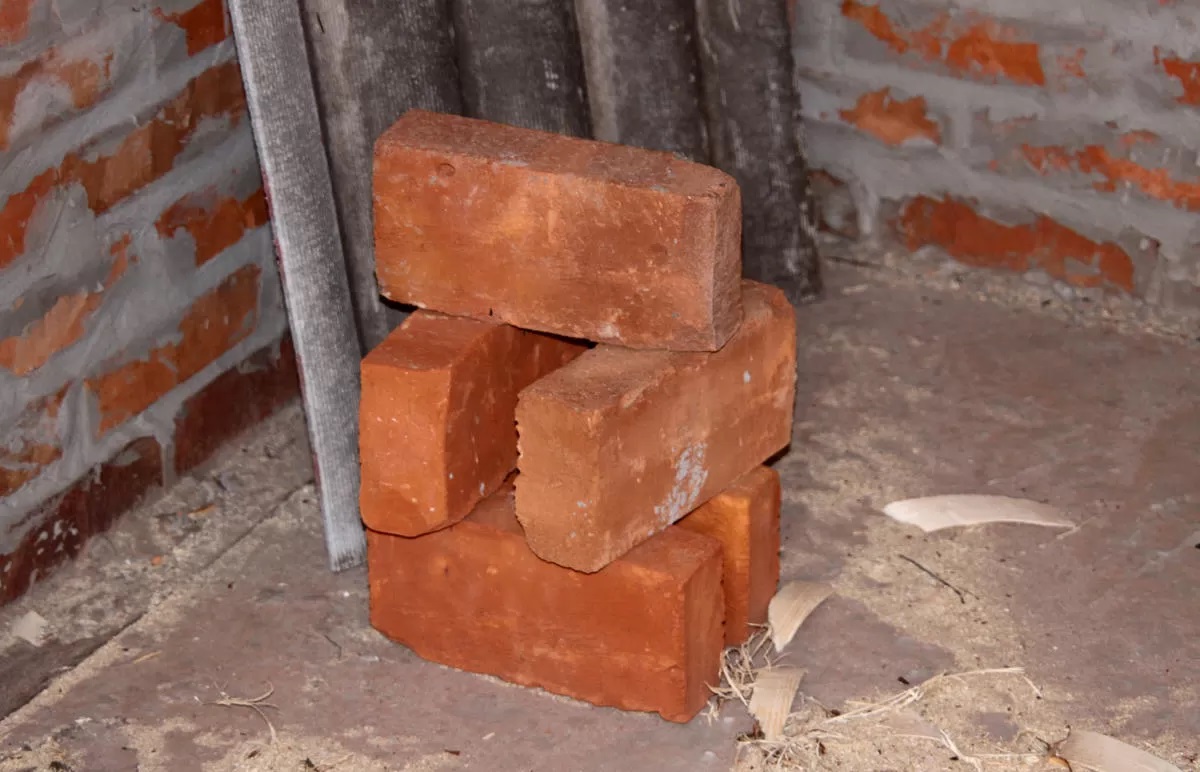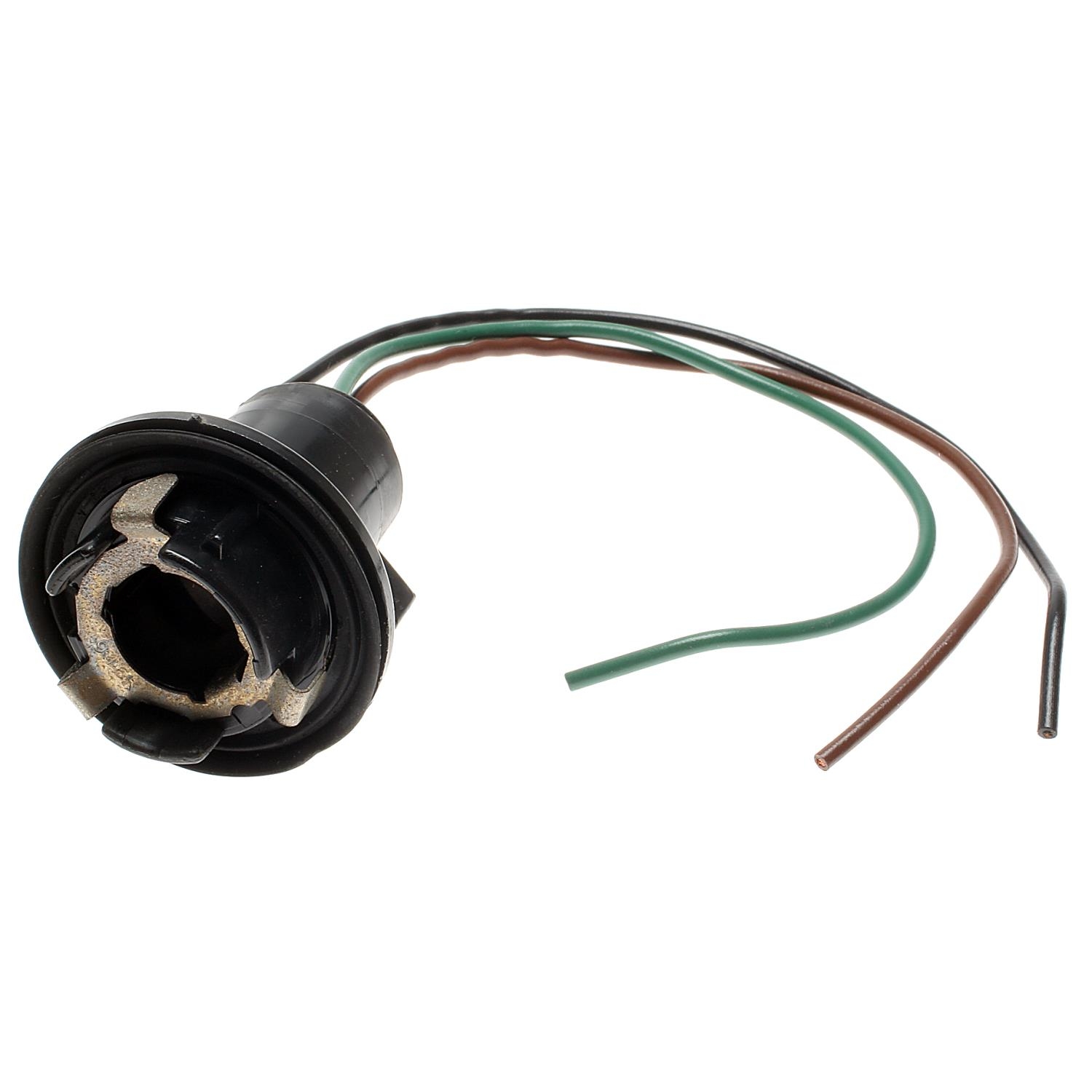

Articles
What Is The Standard Size For A Kitchen Sink
Modified: May 6, 2024
Discover the standard size of a kitchen sink in our comprehensive articles. Learn about dimensions, materials, and installation options for your dream kitchen sink.
(Many of the links in this article redirect to a specific reviewed product. Your purchase of these products through affiliate links helps to generate commission for Storables.com, at no extra cost. Learn more)
Introduction
In every kitchen, one of the most essential fixtures is the kitchen sink. It serves as a workspace for various tasks such as washing dishes, cleaning fruits and vegetables, and even filling up pots with water. However, when it comes to choosing a kitchen sink, many homeowners may find themselves overwhelmed by the wide range of options available.
One important consideration when selecting a kitchen sink is the size. The size of the sink will depend on several factors including the available space in your kitchen, your specific needs, and the overall design of your kitchen. Having a clear understanding of standard sizes for kitchen sinks can help you make an informed decision that meets your requirements.
In this article, we will discuss the standard sizes for kitchen sinks, the types of kitchen sinks available, and the materials commonly used to make them. Additionally, we will provide you with some important factors to consider when choosing a standard size kitchen sink for your home.
Key Takeaways:
- When choosing a standard size kitchen sink, consider your specific needs, available space, and installation method. Whether opting for a single or double bowl sink, prioritize functionality, style, and durability to enhance your kitchen experience.
- Explore various materials such as stainless steel, cast iron, composite, fireclay, granite, and copper for your kitchen sink. Consider factors like maintenance, durability, and budget to select a sink that complements your kitchen’s aesthetic and meets your practical requirements.
Read more: What Size Is A Standard Dishwasher
Standard Sizes for Kitchen Sinks
Kitchen sinks come in a variety of sizes to accommodate different needs and preferences. While there are no strict rules regarding the exact dimensions of a kitchen sink, there are some general standard sizes that are commonly used. These sizes are designed to provide functionality and convenience in the kitchen.
The most common standard sizes for kitchen sinks range from 22 inches to 36 inches in width. The depth of the sink usually ranges from 8 inches to 10 inches. However, keep in mind that these sizes can vary depending on the manufacturer and the specific model of the sink.
A standard size kitchen sink typically falls into one of two categories: single bowl or double bowl. Each style has its own advantages and considerations to take into account.
Let’s explore these two common types of kitchen sinks:
- Single Bowl Kitchen Sinks: Single bowl sinks are a popular choice for smaller kitchens or for those who prefer a minimalist design. They typically have a width ranging from 22 inches to 30 inches and a depth of around 8 inches to 10 inches. Single bowl sinks provide ample space for washing larger items and offer a clean, streamlined look.
- Double Bowl Kitchen Sinks: Double bowl sinks consist of two separate bowls, allowing for multitasking and increased functionality. The size of the bowls can vary, with widths typically ranging from 30 inches to 36 inches and depths ranging from 8 inches to 10 inches. Double bowl sinks are ideal for households that require separate compartments for washing dishes and food preparation.
These standard sizes provide a starting point when considering the dimensions of a kitchen sink. However, keep in mind that it’s essential to measure the available space in your kitchen and consider your specific needs before making a final decision.
Single Bowl Kitchen Sinks
Single bowl kitchen sinks are a popular choice for homeowners who prioritize simplicity, functionality, and space-saving design. These sinks feature a single large basin, providing ample room for various kitchen tasks.
When it comes to size, single bowl kitchen sinks typically range from 22 inches to 30 inches in width and have a depth of around 8 inches to 10 inches. The wide range of sizes allows for flexibility in choosing the perfect fit for your kitchen space.
One of the advantages of a single bowl sink is its spaciousness. The absence of a divider or second basin means that you have more room to work with larger pots, pans, and dishes. This can be especially beneficial for those who frequently cook or entertain in their kitchens.
In addition to their functionality, single bowl kitchen sinks offer a sleek and modern aesthetic. The clean lines and simplicity of the design can enhance the overall look of your kitchen. They also offer easier maintenance, as there are no crevices or corners where dirt and grime can accumulate.
Single bowl sinks also provide flexibility in terms of installation options. They can be easily installed as top-mount, under-mount, or flush-mount sinks, depending on your preference and the construction of your kitchen countertops.
However, it is worth noting that single bowl kitchen sinks may have limitations when it comes to multitasking. Since there is only one basin, you need to consider how you will handle tasks such as washing dishes while preparing food. If you frequently juggle multiple tasks in the kitchen, a double bowl sink may be a more suitable option for you.
Ultimately, the choice between a single bowl and a double bowl sink depends on your individual needs and preferences. Consider the size of your kitchen, your style preferences, and the type of tasks you commonly perform in the kitchen to determine which type of sink will best suit your lifestyle.
Double Bowl Kitchen Sinks
Double bowl kitchen sinks offer versatility and functionality for homeowners who prefer separate compartments for various kitchen tasks. These sinks feature two separate basins, allowing you to multitask and make the most of your kitchen space.
The size of double bowl kitchen sinks typically ranges from 30 inches to 36 inches in width, with a depth of around 8 inches to 10 inches. The size of each individual bowl may vary, providing you with options to accommodate your specific needs.
One of the main advantages of a double bowl sink is the ability to simultaneously perform different tasks in the kitchen. You can use one basin for washing dishes or food preparation while keeping the other basin available for rinsing or soaking. This separation of tasks can save you time and make your kitchen more efficient.
Double bowl kitchen sinks are particularly useful for households where multiple people are involved in cooking and cleaning. With two basins, different family members can work together without getting in each other’s way. It also allows for easy organization and separation of clean and dirty dishes.
Furthermore, double bowl sinks can be beneficial in terms of space utilization. The two basins can provide flexibility for arranging your kitchen workflow and help keep your countertops free from clutter.
Similar to single bowl sinks, double bowl sinks also offer various installation options such as top-mount, under-mount, or flush-mount. This allows you to choose the installation method that fits best with your overall kitchen design and preferences.
However, it is important to consider the individual size of each bowl when selecting a double bowl sink. You will want to ensure that both basins are large enough to accommodate your needs. It is also important to check that the depth of the basins allows for comfortable use and fits the size of your cookware.
Ultimately, the decision to choose a double bowl kitchen sink will depend on your specific needs and how you utilize your kitchen space. If you require separate compartments for a more organized workflow or frequently involve multiple people in kitchen tasks, a double bowl sink may be the perfect fit for your kitchen.
When choosing a standard size kitchen sink, consider the dimensions of your cabinet and countertop. Standard sizes are typically 24-30 inches wide and 18-23 inches front to back. Measure carefully to ensure a proper fit.
Undermount vs. Top Mount Sinks
When it comes to installing a kitchen sink, you have two main options: undermount sinks and top mount sinks. Each type of installation offers its own advantages and considerations, and understanding the differences can help you make an informed decision.
Undermount Sinks: Undermount sinks are installed underneath the countertop, creating a seamless and streamlined look. This type of installation showcases the beauty of the countertop material and allows for easy cleaning, as there are no exposed edges or crevices where dirt and grime can accumulate. Undermount sinks also provide more usable countertop space, as there is no lip or rim that protrudes above the counter. However, undermount sinks require professional installation and are typically more expensive than top mount sinks. They also require solid, non-porous countertops such as granite or quartz to support the weight of the sink.
Top Mount Sinks: Top mount sinks, also known as drop-in or self-rimming sinks, are installed by dropping the sink into a hole cut in the countertop. The sink rests on top of the countertop with its rim overlapping the edges. Top mount sinks are easier to install and can be fitted to a wider variety of countertop materials. They are generally more affordable than undermount sinks and offer more options in terms of size and style. However, the raised lip of the sink can make it slightly more challenging to clean around the edges. Additionally, the rim may take up some countertop space, making it less seamless in appearance compared to undermount sinks.
When deciding between undermount and top mount sinks, consider your specific needs and preferences. If you prioritize a modern, sleek aesthetic, have a solid countertop material, and don’t mind investing in professional installation, an undermount sink may be the best choice for you. On the other hand, if you’re looking for a more budget-friendly option that allows for easier installation and flexibility in countertop material, a top mount sink might be the better fit.
Ultimately, both undermount and top mount sinks have their own advantages and can enhance the functionality and aesthetics of your kitchen. It’s essential to assess your priorities and consult with a professional if needed, to ensure you select the installation type that best suits your needs and kitchen design.
Read more: What Is The Standard Refrigerator Size
Materials Used for Kitchen Sinks
Kitchen sinks can be found in a variety of materials, each with its own set of advantages and considerations. The choice of material for your kitchen sink can impact its durability, appearance, and maintenance requirements. Here are some of the commonly used materials for kitchen sinks:
- Stainless Steel: Stainless steel is one of the most popular materials for kitchen sinks due to its durability and versatility. It is corrosion-resistant, heat-resistant, and easy to clean. Stainless steel sinks offer a sleek and modern look that complements a variety of kitchen styles. However, they may be susceptible to scratches and water spots, and the thinner gauge stainless steel sinks can be prone to noise and dents.
- Cast Iron: Cast iron sinks are known for their durability and classic appearance. They are heavy and provide excellent heat retention, making them ideal for withstanding heavy use. Cast iron sinks are coated with enamel, which gives them a smooth and glossy finish. However, they can be prone to chipping and require regular maintenance to prevent staining and rusting.
- Composite: Composite sinks are made from a mixture of materials such as quartz, granite, or acrylic resins. They offer a unique combination of durability, heat resistance, and a wide range of color options. Composite sinks are non-porous, making them resistant to staining and easy to clean. However, they may be more prone to scratching and can be more expensive than other materials.
- Fireclay: Fireclay sinks are made from clay fired at high temperatures, resulting in a durable and smooth surface. They are resistant to stains, scratching, and fading. Fireclay sinks offer a timeless and elegant appearance that complements both traditional and contemporary kitchen designs. However, they can be heavy and require proper support during installation.
- Granite: Granite sinks are constructed from crushed granite mixed with resin. They offer a unique blend of durability, heat resistance, and natural beauty. Granite sinks are available in a variety of colors and textures, adding a touch of elegance to any kitchen. They are resistant to stains and scratches, but may require regular sealing to maintain their appearance.
- Copper: Copper sinks are highly distinctive and add a warm and rustic charm to the kitchen. They are resistant to bacteria and corrosion and develop a unique patina over time. However, copper sinks can be more expensive and require regular maintenance to keep them looking their best.
When choosing the material for your kitchen sink, consider factors such as durability, ease of maintenance, appearance, and budget. It’s also important to think about how the sink material will complement your overall kitchen design and the functionality you require in your daily kitchen activities.
By carefully considering the material options, you can select a kitchen sink that not only meets your practical needs but also enhances the visual appeal of your kitchen.
Things to Consider When Choosing a Standard Size Kitchen Sink
Choosing a standard size kitchen sink involves more than just selecting the right dimensions. It’s important to consider various factors to ensure that the sink meets your specific needs and enhances the functionality of your kitchen. Here are some key considerations to keep in mind:
- Available Space: Measure the available space in your kitchen to determine the maximum width and depth that your sink can comfortably fit into. Consider factors such as the layout of your countertops, the proximity to other fixtures, and the overall flow of your kitchen.
- Usage and Needs: Consider your specific kitchen needs and how you will be using the sink on a daily basis. If you frequently cook large meals or entertain often, a larger sink with a single or double bowl may be more suitable. If you have limited counter space or a smaller household, a smaller sink may suffice.
- Installation Method: Decide whether you prefer an undermount or top mount sink based on your style preferences, budget, and countertop material. Keep in mind that undermount sinks typically require professional installation and solid, non-porous countertops.
- Appliances and Fixtures: Consider the size and configuration of your kitchen appliances and fixtures, such as dishwashers and faucets, to ensure they fit harmoniously with the sink. This will ensure a smooth and functional workflow in your kitchen.
- Style and Design: Your kitchen sink is not just a functional fixture but also a design element in your kitchen. Consider the style and design of your kitchen and choose a sink that complements the overall aesthetic. From sleek stainless steel to classic porcelain, select a material and finish that enhances your kitchen’s look.
- Maintenance and Durability: Different sink materials have varying maintenance requirements and durability levels. Consider how much effort you are willing to put into cleaning and maintaining your sink. For example, stainless steel sinks are relatively easy to clean, while cast iron sinks may require more care to prevent chipping and staining.
- Budget: Set a budget for your kitchen sink and consider the various options within your price range. Keep in mind that the price can vary based on the material, size, brand, and additional features you may choose.
By taking these considerations into account, you can make a well-informed decision when choosing a standard size kitchen sink. Remember to prioritize your specific needs, while also considering the aesthetics and functionality of your overall kitchen design.
Conclusion
Choosing the right standard size kitchen sink is a crucial decision that can greatly impact the functionality and aesthetics of your kitchen. By considering factors such as available space, usage needs, installation method, appliances and fixtures, style and design, maintenance, and budget, you can make an informed choice that meets your specific requirements.
Whether you opt for a single bowl or a double bowl sink, or choose an undermount or top mount installation, understanding the standard sizes and the pros and cons of different materials will help you narrow down your options. Stainless steel, cast iron, composite, fireclay, granite, and copper are among the popular materials used for kitchen sinks, each offering its unique benefits and considerations.
Remember, your kitchen sink is not just a practical necessity but also a design statement. Consider how it fits into the overall look and feel of your kitchen, while also ensuring it enhances your daily workflow and meets your functional needs.
By taking the time to carefully evaluate your requirements and exploring various options, you can choose a standard size kitchen sink that seamlessly blends functionality, style, and durability into your kitchen. So, whether you are a passionate home cook or someone who enjoys the convenience of a well-designed kitchen, the right kitchen sink will be a valuable addition to your space.
Investing in the right standard size kitchen sink will not only make your kitchen chores more enjoyable but also elevate the overall experience of spending time in your kitchen.
Excited to spruce up your kitchen space? Dive into our expert guide on maximizing storage with smart, stylish solutions tailored for any home. Next, if you're considering a DIY update, learn straightforward steps for sink faucet installation. Both pieces are packed with practical advice to transform your kitchen efficiently and elegantly.
Frequently Asked Questions about What Is The Standard Size For A Kitchen Sink
Was this page helpful?
At Storables.com, we guarantee accurate and reliable information. Our content, validated by Expert Board Contributors, is crafted following stringent Editorial Policies. We're committed to providing you with well-researched, expert-backed insights for all your informational needs.















0 thoughts on “What Is The Standard Size For A Kitchen Sink”